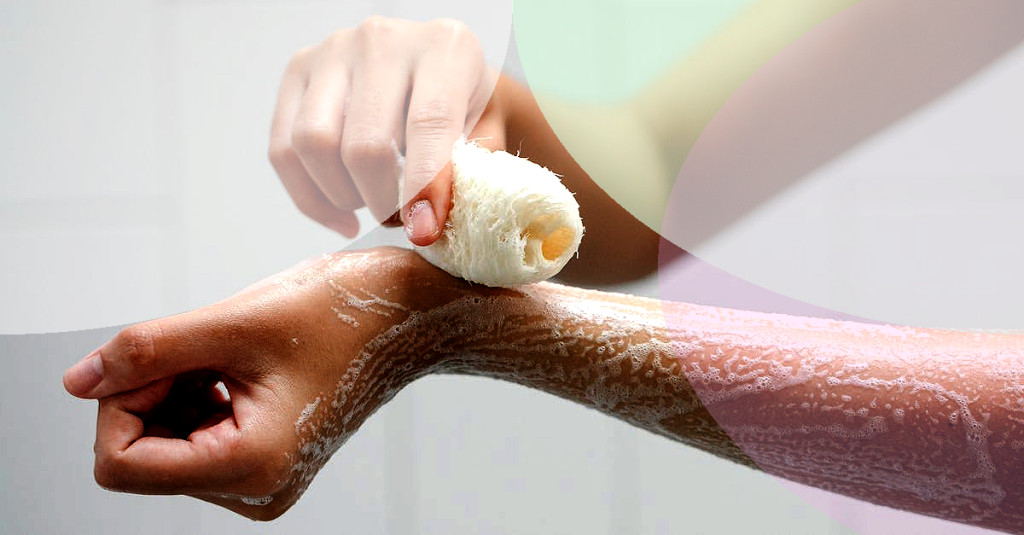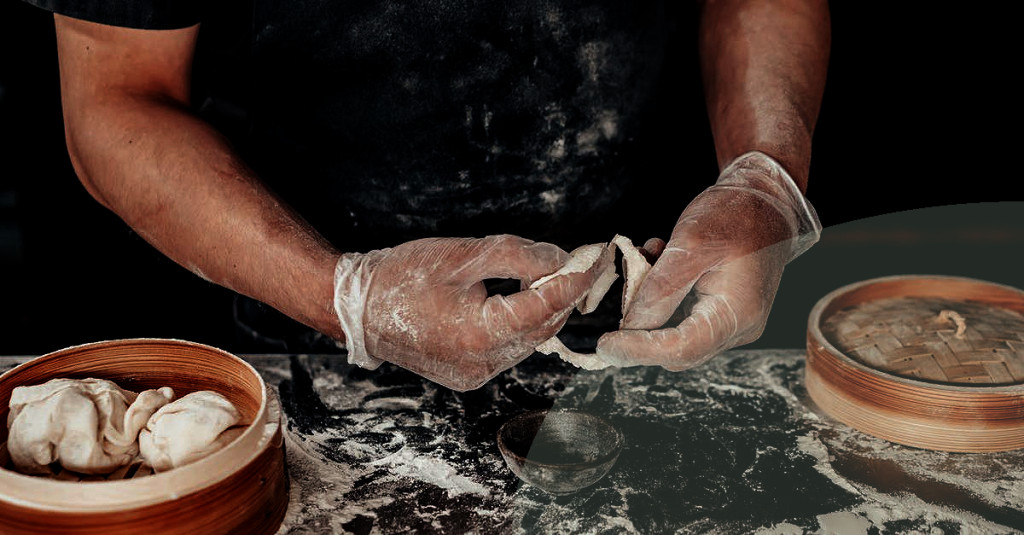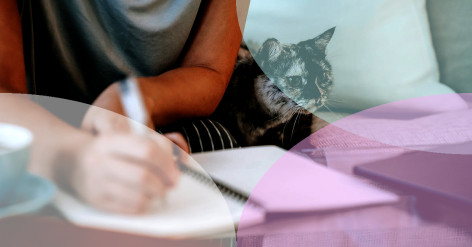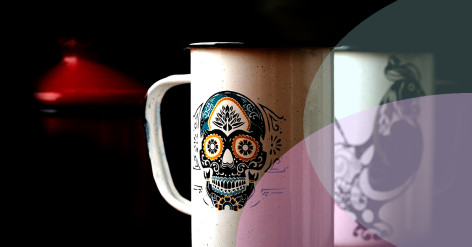Beginner's Guide to Soap Making

Dive into the Soap-Making Process: Understanding the Basics
Soap making is quickly becoming a popular craft among DIY enthusiasts and for good reason â it's creative, fun, and allows you to tailor your homemade soaps to your specific needs and desires. Whether you're looking to create unique gifts, personalize your skincare routine, or simply enjoy a relaxing hobby, this beginner's guide to soap making will help you jump into the world of sudsy satisfaction!
Melt and Pour
Before jumping into creating your masterpiece, it's essential first to understand the basics of soap making. There are three primary methods you can choose from â melt and pour, cold process, and hot process soap making. Each method has its pros and cons, so let's break them down:
Cold Process
Melt and pour soap making involves purchasing a pre-made soap base, melting it, adding your unique ingredients (such as colorants, fragrances, or exfoliants), and pouring it into a mold to solidify. This method is perfect for beginners as it's simple, relatively mess-free, and doesn't require working with potentially hazardous chemicals. Plus, there's no curing time, so you can enjoy your creation as soon as it's hardened.
Hot Process
The cold process method involves mixing lye (sodium hydroxide) with oils or fats and letting the mixture harden through a process called saponification. While this method allows for customization and precise control over your soap's ingredients, it does require a basic understanding of lye safety and chemistry. Moreover, the soap needs to cure for several weeks before it's ready to use.
Your Soap Making Toolbox: What You'll Need
Similar to the cold process, hot process soap making involves mixing lye with oils or fats. However, the mixture is then heated (typically using a slow cooker), which speeds up the saponification process. Hot process soaps have a more rustic appearance and have a shorter curing time compared to cold process soaps. This method, though, also requires working with lye and understanding basic soap chemistry.
The Soap Queen offers in-depth tutorials and explanations of each method, so you can choose the one that best suits your needs, skill level, and desired result.
Soap Making Safety: Suds and Sensibility

The supplies you'll need for soap making depend on which method you decide to pursue. However, there's some basic equipment and materials you'll likely need, regardless of your preferred technique:
- Soap molds (silicon, plastic, or wooden)
- Mixing bowls and utensils (stainless steel or heat-resistant plastic)
- Scale for weighing ingredients (accuracy is crucial)
- A thermometer to monitor temperature
- Oils or fats (such as coconut oil, olive oil, or shea butter)
- Fragrances or essential oils (optional)
- Colorants (cosmetic-grade mica powders, liquid colorants, or natural colorants)
- Exfoliants or additives (herbs, dried flowers, or seeds)
For cold and hot process soap making, you'll also need:
- Lye (sodium hydroxide)
- Protective gear (gloves, goggles, and a long-sleeved shirt)
- A well-ventilated workspace
Many soap-making supply stores sell beginner's kits, which can be a convenient way to jump-start your new hobby. Bramble Berry is a popular choice, offering an extensive range of soap-making supplies, kits, and resources.
Unleash Your Creativity: Tips for Soap Design Success
Whether you choose melt and pour or venture into the world of lye, it's essential to remember that safety comes first. Always follow these basic safety guidelines when making soap:
- Wear protective gear, including gloves, goggles, and long sleeves.
- Ensure your workspace is clean, clutter-free, and well-ventilated.
- Keep all ingredients and tools away from children and pets.
- If working with lye, always add the lye to your water â never pour water into lye.
- Understand and follow proper disposal methods for chemicals like lye.
The Suds-tastic World Awaits: Happy Soap Making!

Now that you're equipped with the basics, it's time to unleash your creativity and design your unique soaps. Here are a few tips to get you started:
- Experiment with different additives like dried flowers, herbs, and exfoliants to create soaps with unique textures and benefits.
- Use cosmetic-grade colorants or natural options like clays, spices, and fruit purées to bring vibrant hues to your soap creations.
- Mix and match different fragrances and essential oils to develop truly one-of-a-kind scents.
- Play with various pouring and swirling techniques to achieve stunning visual effects and design patterns.
- Don't be afraid to make mistakes â soap-making is a learning process, and even "imperfect" soaps can still be functional and beautiful.
Embrace the mesmerizing world of soap making and discover the joy of creating personalized, functional art pieces that can elevate your daily routines and pamper your skin. With endless possibilities for design, texture, color, and scent, your newfound hobby will undoubtedly bring endless joy and relaxation into your life. And, who knows? Maybe your homemade soaps will even make the perfect gift for loved ones! Happy soap-making!





